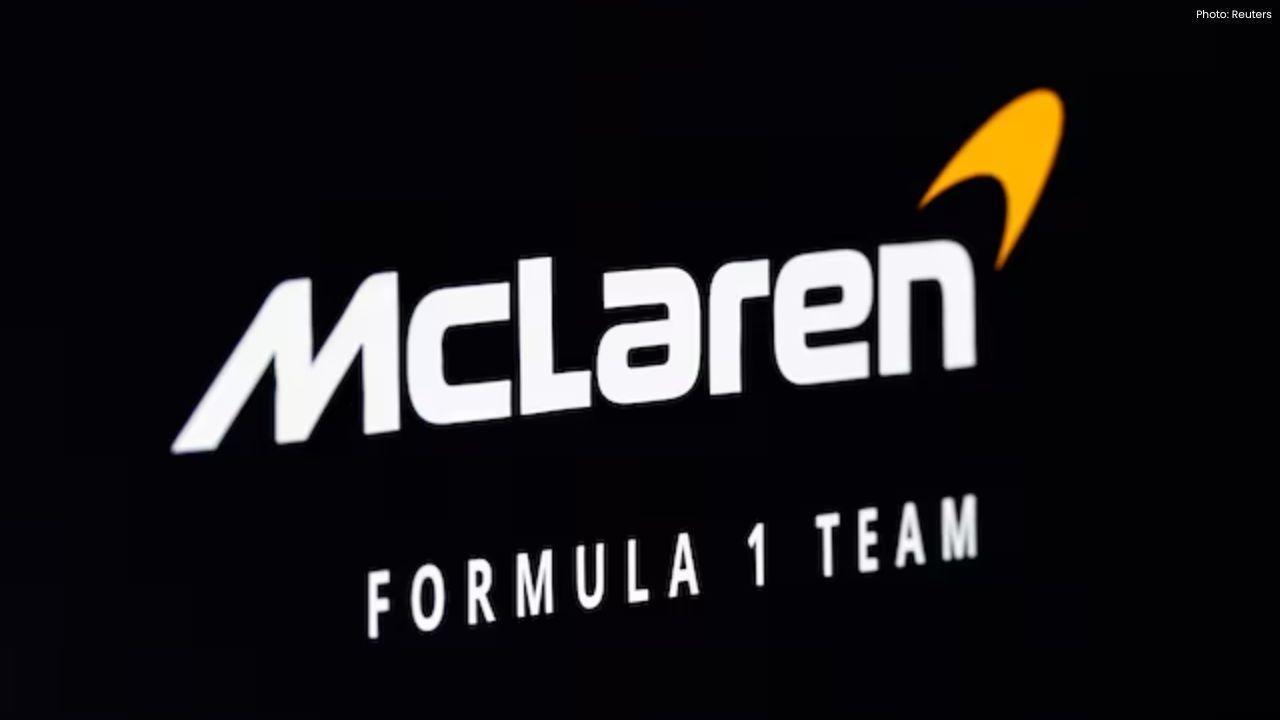
Post by : Anis Al-Rashid
In 2025, the storage landscape has dramatically shifted for households. Families are generating a plethora of digital content—be it photos, videos, work documents, or smart device backups. Simply put, what previously fit onto a basic hard drive no longer meets today’s requirements.
As a result, cloud storage services and home NAS systems have emerged as prime contenders to address these needs. Both options promise reliable data safety and ease of access, but come with their own sets of costs that can be financial and operational.
While cloud storage presents a straightforward subscription model for file uploads, NAS systems offer the advantage of ownership with hardware you control. Families often face challenges in selecting the suitable option, as actual costs and value depend heavily on individual habits, file types, and future expectations.
This piece aims to break down the differences to assist families in making the best decision for their storage needs.
Before diving into an analysis of pricing, it’s essential to outline what each solution provides.
Cloud services store files on remote servers managed by service providers.
Families can access data using internet-connected devices.
Key features include:
automated syncing
easy sharing
multi-device compatibility
offsite security
subscription fees
A NAS operates as a dedicated server within the home.
Family members can connect either through the local Wi-Fi or remotely.
Key features include:
a capacity for large storage
literal access
one-time hardware costs
automated backups
private control
While both options provide backup and security, they do so through different mechanisms.
Families are moving beyond simple text documents.
Now popular file types include:
high-resolution images
4K or 8K media
work files
audio recordings
films and series
backups for smart-home devices
game save files
kids' school projects
large applications and mobile backups
These ever-increasing files can quickly consume storage space, necessitating appropriate solutions for families in 2025.
Many families fail to recognize how swiftly cloud service expenses can escalate. Initially, cloud platforms may seem budget-friendly, but those monthly subscriptions accumulate over time.
Families often find themselves subscribing to various cloud services:
one for mobile backups
one for documents
one for photos
one for entertainment libraries
one for work synchronization
Individually minor subscriptions can collectively become a considerable financial burden.
Utilizing cloud storage means renting your space.
You’ll continue paying perpetually.
Over a five-year period, total expenses can easily surpass the cost of purchasing hardware outright.
Certain cloud services may charge extra for:
shared family plans
additional user accounts
advanced security options
extended storage packages
backups for multiple devices
If your family finds they need increased data capacity later, upgrading will also mean additional costs.
Cloud storage fees tend to escalate with growing usage.
Downloading or uploading large files can consume substantial data bandwidth.
This is especially critical for families managing limited data plans.
Even though cloud storage is undeniably convenient, it carries unavoidable ongoing costs in the long run.
Despite the ongoing costs, cloud services present significant advantages.
No hardware, no fuss, and no extensive configuration needed.
Devices like phones and tablets sync effortlessly without requiring manual interventions.
Files are retrievable globally without additional configurations.
Professional cloud services maintain multiple backup copies on their servers.
Easily share files and documents within family members.
No need to concern yourself with hardware breakdowns or power outages.
Cloud storage can be particularly advantageous for families seeking hassle-free solutions.
While NAS systems may appear pricey upfront, their long-term benefits can yield significant savings.
The initial investment in a NAS can be greater than subscribing to cloud services.
Additional drives further this cost.
NAS systems operate round the clock, consuming power consistently.
Some households may need a stronger Wi-Fi or wired connection for optimal use.
Families must routinely check software updates and monitor hardware functionality.
Families may incur costs for apps, replacement parts, or external backup drives as time goes on.
Investing in a NAS requires both commitment and basic tech skills.
Though requiring more involvement, NAS systems provide substantial long-term benefits.
Families maintain total ownership of their data.
No outside entity holds sensitive files.
Once the NAS is purchased, storage remains accessible at no further subscription cost.
A NAS can accommodate:
unprocessed video footage
extensive family archives
years of home movies
complete movie collections
File transfers over home Wi-Fi are often quicker than cloud options.
Numerous NAS devices also deliver secure remote access mimicking a private cloud.
NAS devices can automate:
backing up phones
computers
syncing media
storing notes and calendars
securing footage from surveillance systems
Families have the flexibility to add more drives or increase storage without having to switch platforms.
NAS systems are particularly beneficial for those with extensive storage requirements and privacy concerns.
Security remains a top concern for families.
Advantages:
professional management
redundant backups
regular monitoring
Disadvantages:
possibility of breaches
privacy apprehensions
dependence on the provider’s security
Advantages:
full control
local-only access if desired
customizable encryption
Disadvantages:
requires user understanding
poor configurations can create risks
dependants on home network security
Neither solution is entirely flawless—they excel in diverse aspects.
A realistic evaluation should focus on long-term usage patterns.
A typical family utilizing numerous cloud platforms can easily spend:
phone backup
additional storage for photos
upgrading family plans
Monthly fees can add up quite substantially.
The NAS represents:
a one-time purchase
generally stable power usage
basic maintenance costs
Yet, there are no ongoing subscription fees.
For small families with limited data: Cloud is typically less expensive.
For larger families dealing with significant files: NAS often proves to be far more economical.
Convenience is subjective and largely influenced by personal lifestyle.
family members need zero initial setup
devices sync frequently
diverse operating systems are used
distant access is crucial
simplicity is paramount over customization
households are producing large files
members seek privacy
internet connectivity is sporadic
you need multi-device backups
frequent offloading of sizable videos
Different families embody different priorities.
A multitude of families are opting for a hybrid arrangement.
The NAS can manage most files.
The cloud can handle essential daily-use items.
Photos can sync seamlessly to cloud applications.
The NAS can accommodate long-term video collections.
Such a strategy ensures complete redundancy.
Hybrid setups provide an optimal balance of privacy, accessibility, and flexibility.
In this case, cloud storage proves advantageous.
Frequent syncing and device access take precedence over capacity.
NAS takes the lead here, since costly cloud tiered storage for large needs is less economical.
A NAS allows for quicker transfers and secure data management.
NAS ensures local access without depending on upload capabilities.
Cloud services offer an uncomplicated experience without maintenance involvement.
Using NAS means keeping sensitive information securely within the household.
Cloud provides ease of use; NAS necessitates basic technical knowledge.
intuitive applications
minimal configuration
automatic synchronizations
initial installation
drive configuration
network connections
regular software updates
Tech-savvy families might find NAS easy to navigate.
Others may lean toward the cloud for its convenience.
Cloud services rely on expansive data centers, whereas NAS utilizes domestic power.
high energy requirements
data center cooling processes
constant server usage
consistently drains local electricity
impact from drive production
The environmental repercussions hinge upon volume of use.
automatically adapts
seamless deployment of new features
instant scaling options
allows for expansions
hardware upgrades are possible
no enforced migrations
Both options maintain relevance for different reasons.
The cloud-versus-NAS debate does not revolve around superiority.
Rather, it pertains to which solution aligns with:
your routines
your family composition
your privacy preoccupations
your internet capabilities
the types of data you handle
your budget for the long haul
Every household possesses distinct priorities.
The most suitable storage system is the one that aligns comfortably with daily activities.
This article serves informational purposes only and does not provide any financial, technical, or legal advice. Users are advised to assess their own storage needs and consult specialists for tailored guidance regarding specific hardware or cloud service choices.










Shubman Gill's Neck Injury Puts Participation in Second Test at Risk
Shubman Gill is recovering from a neck injury after retiring hurt; his availability for the second T

Daryl Mitchell's ODI Participation in Doubt After Injury
Daryl Mitchell's participation in the ODI series against the West Indies is unclear following a groi

Sonam Kapoor's Elegant Maximalist Residence in Mumbai
Explore Sonam Kapoor's Mumbai abode where heritage meets luxury, presenting a 2026 decor vision for

McLaren Expands Driver Development Program with Young Female Talent
McLaren initiates growth in motorsport by welcoming three young female drivers, enhancing female rep

Haaland Sparks Norway's Return to World Cup Glory
Erling Haaland's 16 goals help Norway secure a World Cup spot for the first time since 1998, leading

Curacao, Haiti, Suriname Aim for 2026 World Cup Qualification
Curacao, Haiti, and Suriname are on the brink of historic World Cup qualifications as they face cruc